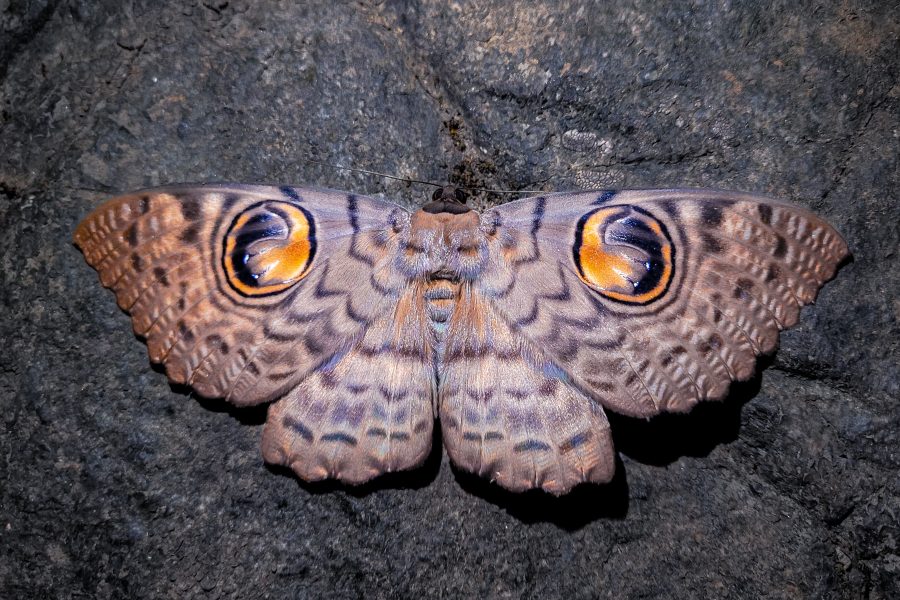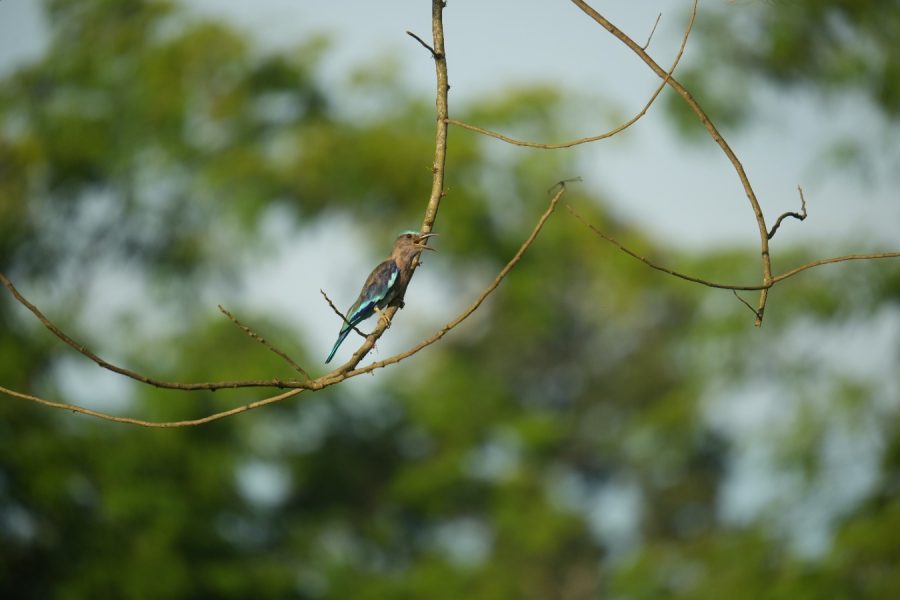 It’s official… all of us have borne the brunt of the foggy January, with flights getting delayed, railway accidents, road mishaps etc. But the Wildlife SOS rescue team was busy with other problems, which everyone else overlooked. The foggy days and cold temperatures affected not only the homo-sapiens but also the avians.
It’s official… all of us have borne the brunt of the foggy January, with flights getting delayed, railway accidents, road mishaps etc. But the Wildlife SOS rescue team was busy with other problems, which everyone else overlooked. The foggy days and cold temperatures affected not only the homo-sapiens but also the avians.
Wildlife SOS saw a tremendous increase in the injured bird calls all over Delhi, owing to the Kite Festival and winter’s foggy days. The low visibility together with the drop in mercury levels augmented the already problematic and fatal Kite Festival, during the Makar Sakranit celebration. This Indian festival is celebrated all over the country with much vigor, and is known to cause fatal injuries to the birds, who get entangled in the threads of the kites.
The birds which suffer the maximum damage are pigeons, crows and kites. Kites are always vulnerable as they hover high and get entangled in these threads. Although their vision is brilliant, these kites too suffer due to the fog. Most of the kites injure themselves badly and succumb to death, some are lucky to survive but lose their ability to fly.
Other than kites, Wildlife SOS also attended to many injured or sick owls. Amongst the calls were some Barn owls, spotted owls and one scops owl. These injuries were mainly attributed to cats and other birds like crows attacking them. Completely nocturnal, owls seldom encounter other birds or predators like cats. They are active in the night and hunt around their usual nesting site returning to their hiding as dawn approaches.
However due the fog that enveloped Delhi in the nights in the last one month, these owls lost their way and ended up being in broad sunlight without hiding and subsequently getting injured. Although owls are predatory birds, they stand no chance against the crows and kites that peck them in daylight.
A painted stork, dehydrated and slightly injured also paid us a visit, when a troubled rickshaw puller called the Helpline saying that a migratory bird had fallen on his rickshaw and was freezing in the cold. The team hurried over to the spot and recued the massive bird. After a through medical checkup, a good meal and some days of warmth and affection, the bird was released in the Old Fort area, a region known to be the nesting grounds of these birds.
Birds like Indian grey hornbill also suffered the raw cold, with two injured hornbills, one from JNU area and the other from Chankyapuri region taking our attention and time. Although they were injured very minimally, they were in a state of shock due to cold and required food water and warmth which was promptly given at the Wildife SOS shelter. Now they enjoy their freedom once again in the wilds and we continue with our efforts for their safe existence.





